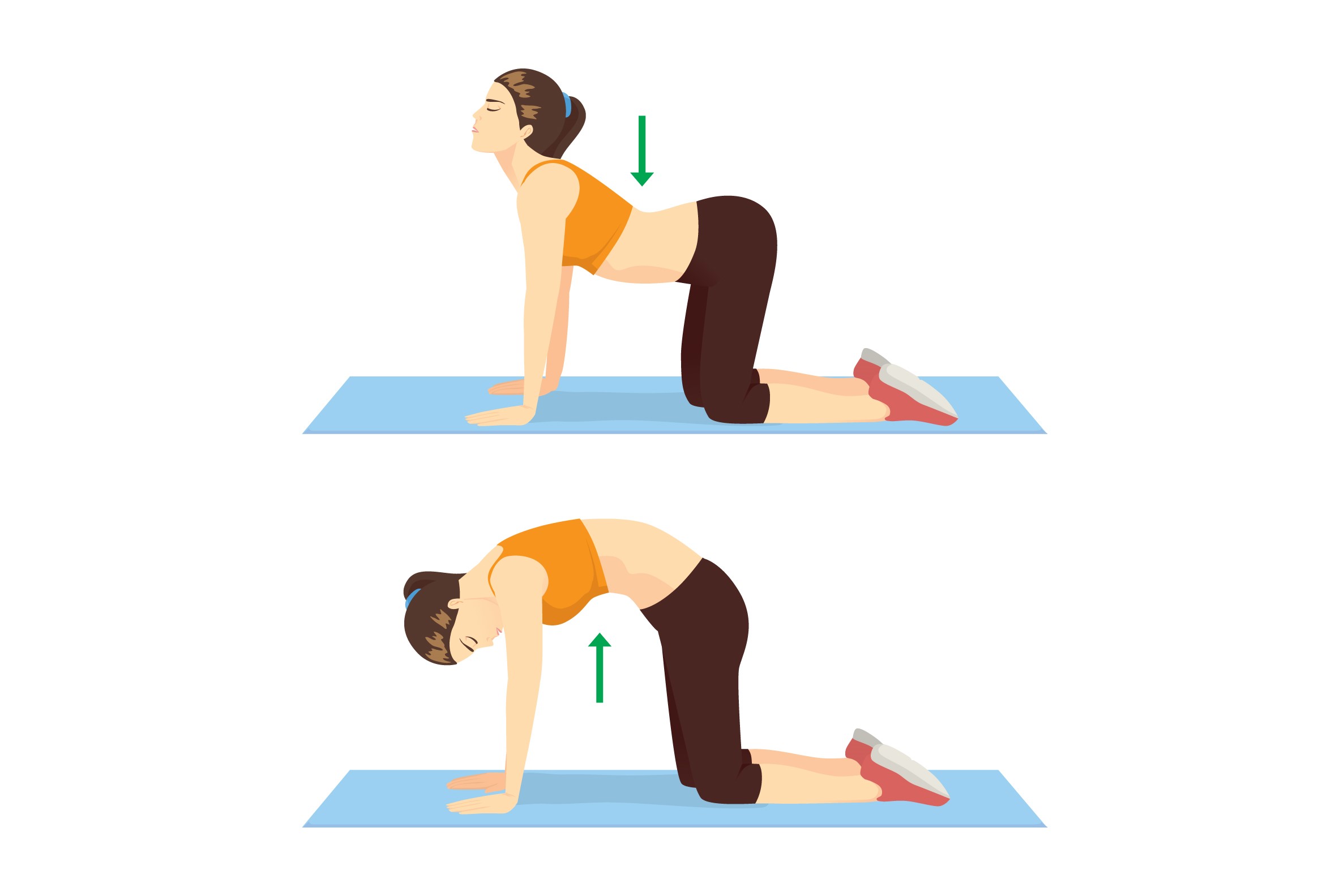Yoga for Emotional Release & Trauma Healing: Unlock Inner Peace and Emotional Freedom
In today’s fast-paced world, emotional stress and trauma affect millions of people. Yoga, with its unique combination of movement, breathwork, and mindfulness, is a powerful tool for emotional release and trauma healing. This blog explores how you can use yoga to unlock emotional freedom, release stored tension, and cultivate inner peace.
Understanding Emotional Trauma
Emotional trauma occurs when overwhelming events affect your mental, emotional, and physical well-being. Symptoms include anxiety, depression, difficulty forming relationships, chronic tension, and disturbed sleep. Yoga helps release these stored emotions safely by reconnecting the mind and body.
Trauma is often stored in specific areas of the body like the hips, chest, and shoulders. Recognizing these patterns is the first step toward healing.
How Yoga Helps Emotional Release
1. Body Awareness
Yoga increases body awareness, helping you notice tension and suppressed emotions. Practices like body scans and mindful stretching allow you to connect with your physical sensations and emotional state.
2. Breathwork (Pranayama)
Breathing techniques regulate emotions and calm the nervous system:
- Diaphragmatic breathing: reduces stress hormones.
- Alternate nostril breathing (Nadi Shodhana): balances energy.
- Ujjayi breath: helps release frustration and anger.
3. Trauma-Informed Yoga Poses
Child’s Pose (Balasana)

Child’s Pose offers grounding and safety, ideal for emotional release.
Cat-Cow Stretch (Marjaryasana-Bitilasana)

Cat-Cow stretch releases spinal tension and encourages emotional flexibility.
Bridge Pose (Setu Bandhasana)

Bridge Pose opens the chest and heart, helping release sadness.
Pigeon Pose (Eka Pada Rajakapotasana)
Pigeon Pose targets the hips, where deep emotional trauma is often stored.
Mindfulness & Meditation
Mindfulness teaches observation of emotions without judgment. Meditation practices include:
- Loving-Kindness (Metta) Meditation
- Body Scan Meditation
- Guided Visualization
Integrating mindfulness with yoga strengthens emotional resilience and promotes long-term healing.
Trauma Release Through Movement
Dynamic yoga flows or Trauma Release Exercises (TRE) use shaking, stretching, and expressive movement to physically release pent-up emotions. Movements like gentle twists, hip openers, and shoulder stretches allow emotions to flow out safely.
Scientific Evidence Supporting Yoga
Yoga regulates the nervous system, reduces cortisol, improves emotional regulation, and enhances neuroplasticity. Studies show yoga significantly reduces PTSD symptoms, anxiety, and depression by creating a safe environment for emotional expression.
Creating a Trauma-Sensitive Yoga Routine
- Start gently and safely, avoiding forced poses
- Use props for comfort and security
- Practice 15–30 minutes daily
- Combine yoga with journaling and reflection
Daily Practices for Emotional Release
- Morning breathwork 5–10 min
- Gentle flow 15–20 min
- Meditation 10–15 min
- Evening journaling 5–10 min
- Optional: expressive movement or art therapy
FAQ
Can yoga help with severe trauma?
Yes, yoga can complement professional therapy but should be trauma-informed and gentle. Start with guided sessions.
How often should I practice?
Daily practice of 15–30 minutes is ideal for emotional release. Consistency is key.
Are props necessary?
Props like bolsters and blocks provide comfort and safety, especially for beginners or sensitive trauma work.
Conclusion
Yoga provides a holistic path for emotional release and trauma healing. Combining movement, breathwork, mindfulness, and journaling can unlock stored emotions and restore inner peace. Explore guided programs at YogaEndless to start your journey toward emotional freedom.
